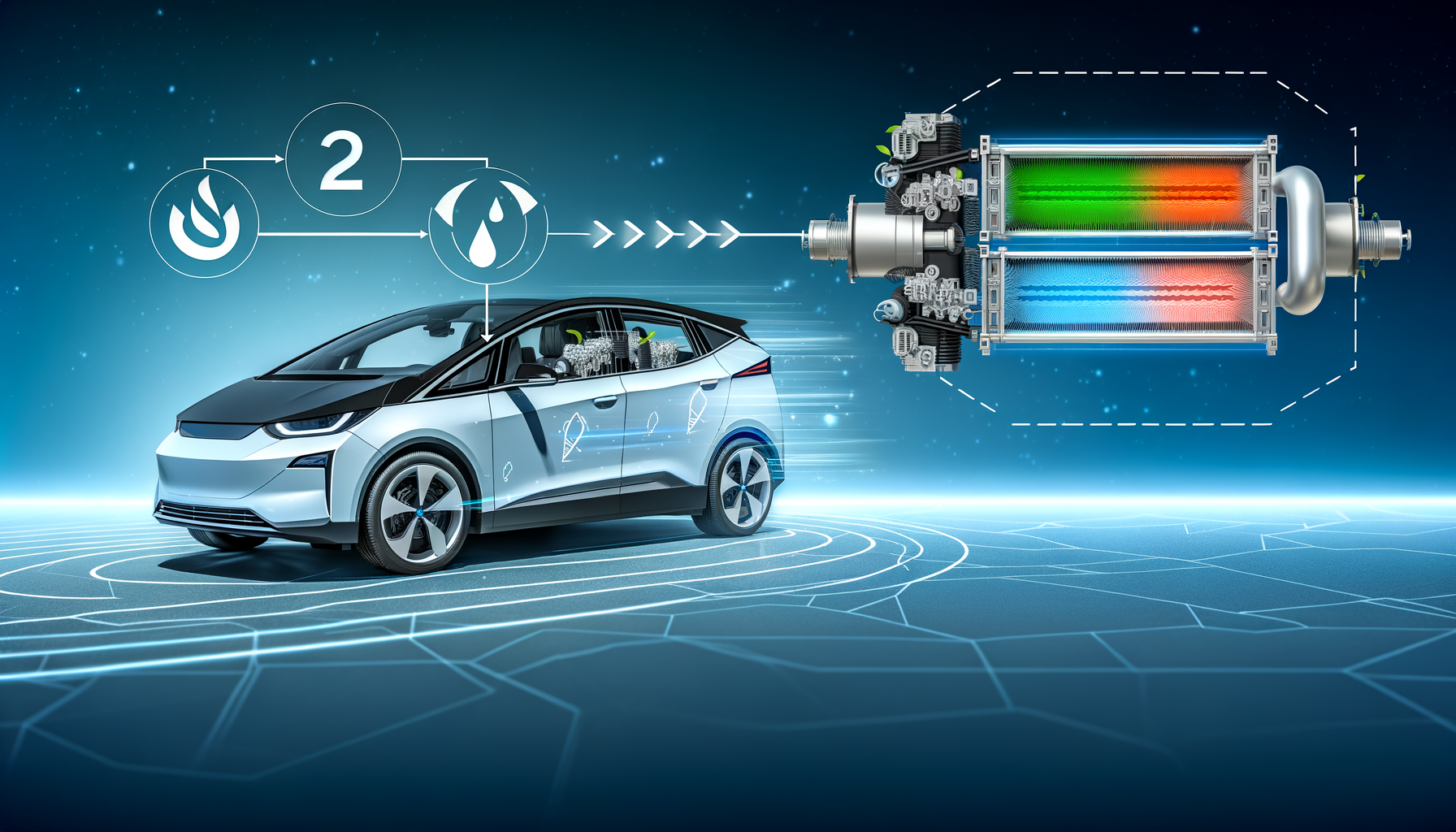Boosting Efficiency and Reliability with Two-Phase Cooling in EVs
 Shreya Sulkunde
Shreya Sulkunde
As the automotive industry undergoes a transformative shift toward electrification, manufacturers and engineers are exploring innovative solutions to meet the increasing demand for electric vehicles (EVs). Among the myriad challenges the industry faces, effective thermal management has emerged as a critical focus area. Advanced cooling systems, particularly two-phase cooling systems, have come to the forefront, showing promise in revolutionizing the way electric vehicles manage heat. Let's delve into the intricacies of this technology and its significance in the evolving landscape of electric vehicles.
Understanding Two-Phase Cooling Systems
Two-phase cooling systems are sophisticated thermal management solutions designed to regulate temperature more efficiently than traditional cooling methods. Unlike single-phase systems, these systems leverage the phase change of a refrigerant to absorb and dissipate heat with minimal energy expenditure.
How They Work:
Evaporation and Condensation: Two-phase systems utilize a liquid refrigerant that evaporates when absorbing heat from the electronic components or battery. This phase transition is highly efficient, as it requires substantial heat to vaporize the liquid, reducing the temperature of the components significantly. The vapor then moves away to a condenser, where it cools and reverts to liquid, ready for another cycle.
Increased Efficiency: The evaporation and condensation processes enable two-phase cooling systems to provide outstanding thermal management while maintaining the compactness of the EV design. The cycle is inherently energy-efficient because it involves minimal temperature gradients.
Meeting the Demands of Modern Electric Vehicles
Addressing Heat Challenges in EVs
Electric vehicles present unique thermal management challenges. The rapid charging of batteries, high-power handling of electric motors, and compact designs push the thermal limits.
Battery Efficiency and Longevity: The efficiency and lifespan of lithium-ion batteries are directly affected by their operating temperature. Excess heat can degrade battery chemistry, leading to diminished capacity and potential safety hazards. Two-phase cooling systems offer precise temperature control, maintaining optimal battery conditions and extending their lifecycle.
Motor Performance: Electric motors operate under strenuous conditions, often demanding peak power output. Effective cooling ensures these motors operate efficiently without overheating, thus preserving their performance and reliability.
Enhancing the User Experience
Innovative cooling solutions contribute to a seamless and enjoyable driving experience as EVs become mainstream.
Charging Efficiency: Quick replenishment of energy is vital for user convenience. Efficient thermal management accelerates charging times by preventing overheating. A two-phase cooling system ensures batteries can handle more rapid inputs of electrical energy without adverse effects.
Silent Operation: Unlike conventional internal combustion engines (ICEs), electric vehicles run quietly. Two-phase systems reinforce this advantage by operating silently and efficiently, maintaining the auditory comfort desired by consumers.
Driving Sustainability with Advanced Cooling
While technology adoption is crucial, equally vital are the environmental impacts. Two-phase cooling systems can contribute significantly to sustainability.
Energy Savings: The enhanced efficiency of two-phase systems results in overall reduced energy consumption. This translates not only to lower operational costs for EV owners but also to lesser environmental impact as energy demands decrease.
Reduced Weight and Material Use: Compact and lightweight designs of two-phase systems mean fewer raw resources are needed. These designs facilitate scaling EV production without proportionally increasing material consumption.
The Economic Viability of Two-Phase Cooling Systems
For manufacturers contemplating the adoption of two-phase cooling, economic considerations are paramount. The investment in this technology ensures a competitive edge.
Cost-Benefit Perspective: While initial costs may seem prohibitive, the long-term benefits of reduced warranty claims, enhanced vehicle reliability, and consumer satisfaction portray a favorable cost-benefit scenario.
Market Positioning: Companies leading in the adoption of efficient thermal management systems highlight their commitment to innovation and reliability, differentiating themselves in a crowded market.
Conclusion: A Promising Future
As electric vehicles continue to capture a larger market share of the global automotive industry, the role of two-phase cooling systems gains prominence. These systems not only address the immediate thermal challenges but also align with broader goals of sustainability and efficiency. Manufacturers exploring this technology are better positioned to meet and exceed customer expectations, ensuring their place in the rapidly evolving auto industry. The upcoming era of electrification promises not just quieter and cleaner vehicles, but also unrivaled performance and reliability, thanks in large part to effective thermal management solutions like two-phase cooling systems.
Explore Comprehensive Market Analysis of Two-Phase Cooling System Market
Subscribe to my newsletter
Read articles from Shreya Sulkunde directly inside your inbox. Subscribe to the newsletter, and don't miss out.
Written by
